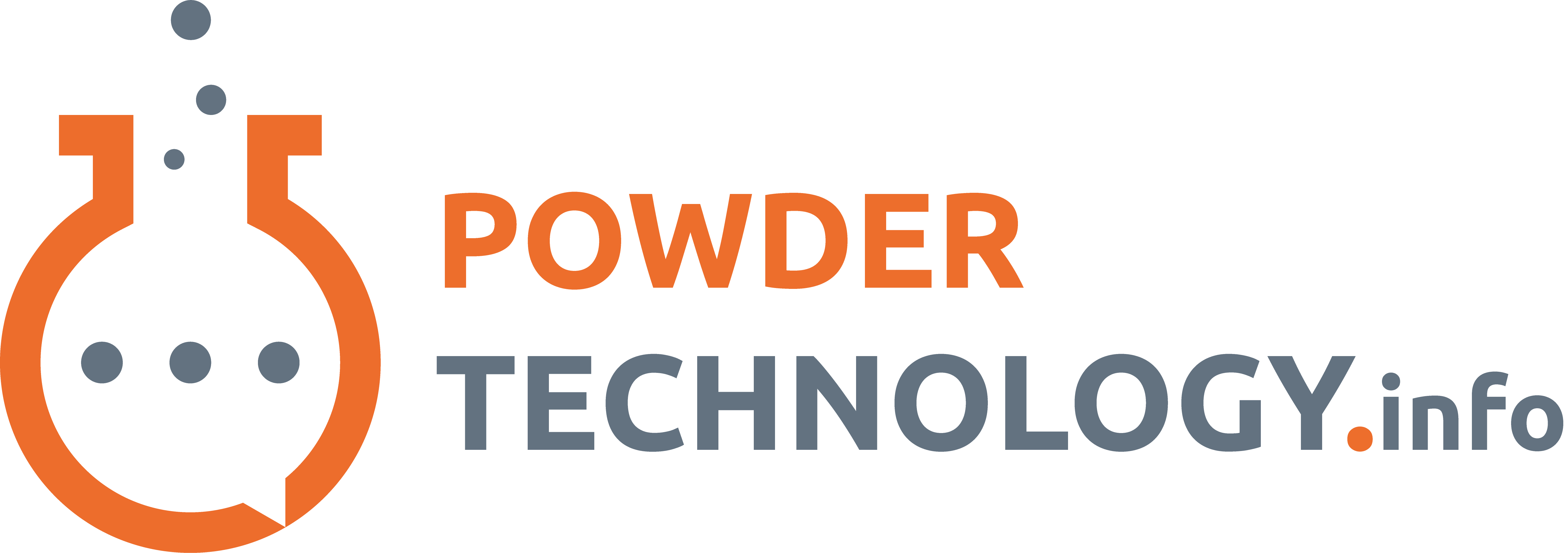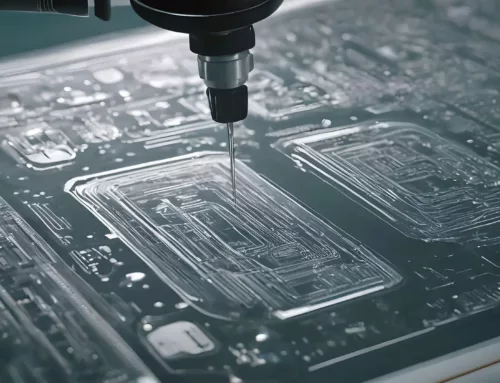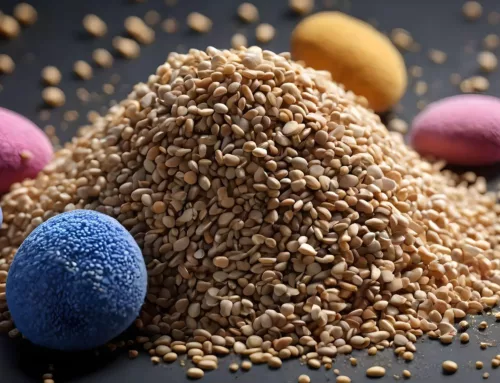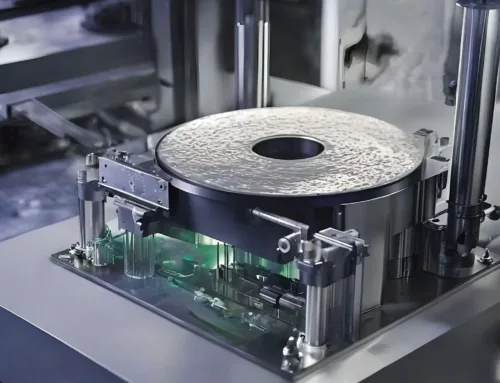Encapsulation: Product development by coating particles – process description
The encapsulation process also called the coating process, has been used in food, pharmaceutical, feed, metal, and other industries for more than 60 years. It is a process of using liquid and solid ingredients as an effective barrier for environmental or chemical interactions until a release is desired. In the food industry, the coating process is widely used in dry flavor production, because raw flavor compounds easily get sticky or deteriorate under ambient conditions of temperature and moisture. Therefore, it is necessary to lock the flavoring components in the form of a dry, free-flowing coating layer. This can be achieved by encapsulation technology. For dairy production, such a coating process is always used for milk powder to protect the core material from oxidation and to avoid unwanted smells. Besides the advantage of the protection of the core ingredients, other typical advantages of using coating and encapsulation processes include: (1) controlling the release rate of the coated ingredients. (e.g. slow-releasing fertilizer, citric acid release during sausage manufacture.) (2) enhancing stability to temperature, moisture, oxidation, and light (e.g. oxidization barrier of the cocoa powder, oxidation barrier for beta-carotene, protection during freeze and thaw cycles and increase shelf life.) (3) masking the undesirable flavor. (e.g. masking the smell of the protein for infant milk powder, taste-masking of potassium chloride for nutritional supplements.) (4) improving the particle morphology property by preventing lumping, improving the flowability, reducing the dustiness, and modifying the particle density.
Encapsulation: Product development by coating particles – our field testing area
In our field testing area, we can apply coating to small particles, granules, and related solid materials on different types of instruments. We have pan coaters and drum coaters available for different coating processes in which we can apply a variety of coating conditions ranging from low to higher temperature and with aqueous as well as non-aqueous coating materials.In our laboratory, we are able to test the coating strength after encapsualtion under dynamic conditions such as pneumatic conveying or the rotating drum methodology or via static conditions as the strength tester. Well-known from the pharmaceutical industry but also in e.g. crop protection is the phenomenon of controlled-release or slow-release to obtain dosage over a longer period of time. In certain cases coatings are also used to improve powder flow by e.g. creation of a smoother or more inert surface. After the coating/encapsulation process, several analytical measurements can be used to determine the quality of the coating layer. SEM-EDX coupled to a microtome can e.g. assist in determination of the coating thickness. All these aspects can be investigated in our laboratory.Coating and encapsulation of particles is applied in many different industries such as the food and feed industry and in the pharmaceutical and medical devices industry. We have worked for a wide variety of customers and can gladly assist with your query.





